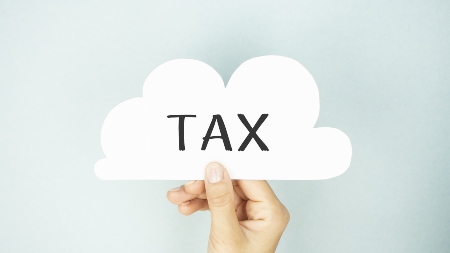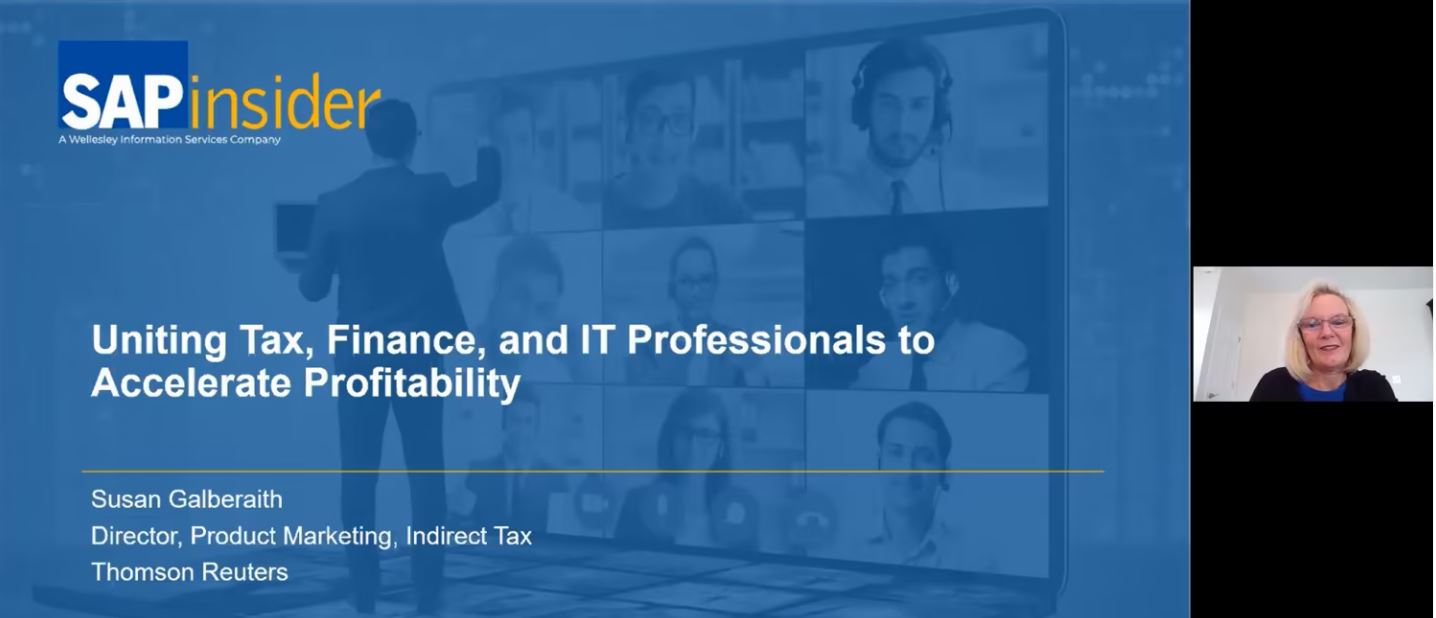Technologies Used to Support Global Tax Management Strategy
Key Takeaways
⇨ Organizations need to pair the right technologies with their global tax management strategy.
⇨ Automation can reduce errors and free up tax teams for more value adding work.
⇨ Smart solutions for determining tax burden across locations are among the most popular tax technologies.
Technology Supplementing Strategy
Finding the right global tax management strategy can make a significant difference in the bottom lines of organizations of all sizes. Yet the proper strategy can only be achieved if organizations can pair their teams with the appropriate technology in order to maximize their overall value.
In the previous blog of this series, we dove deeper into how organizations are prioritizing data in their global tax management frameworks—clean, harmonized, standardized, real-time data that was available to all users regardless of where they work. In this blog, we will highlight the technologies that SAPinsiders use to enact and enhance their global tax management strategies.
Tax Technologies
Among all respondents in the Global Tax Management Benchmark Research Report, sales and use tax determination tools were the most commonly used. Nearly 33% of survey respondents currently leverage the technology as a critical element of their global tax management strategies. These tools automate the tax determination progress, improving accuracy and efficiency.
The second-most commonly used technologies were tax localization tools, at 31%. Increasingly, businesses operate across geographic regions and tax boundaries. These organizations have to navigate an ever-shifting web of regulations in order to stay compliant and for tax localization services to help calculate the total tax burden and maximize returns. Interestingly, even though they are commonly used, tax localization tools may grow in usage. Nearly 30% of respondent organizations are considering these solutions, which is roughly the same share as those that are already using tax localization tools.
Looking Forward
As automation technology improves, organizations appear to be keeping an eye on further automating other aspects of their global tax strategies. In the survey, nearly 40% of organizations indicated that they are evaluating the possibility of robotic process automation of routine tax compliance processes. Additionally, more than 35% said they were evaluating audit management software.
Managing routine processes and audits automatically can reduce the risk of errors and free up tax and finance teams to do other value-adding work. As discussed in the previous blog, organizations want increased insights into their financial data. To that end, nearly one-third of respondents said they are evaluating a visualization dashboard for real-time analytics of tax-related business activity.
In the next blog post in this series, we will review how the drivers of global tax management strategy have changed over the years.







